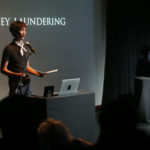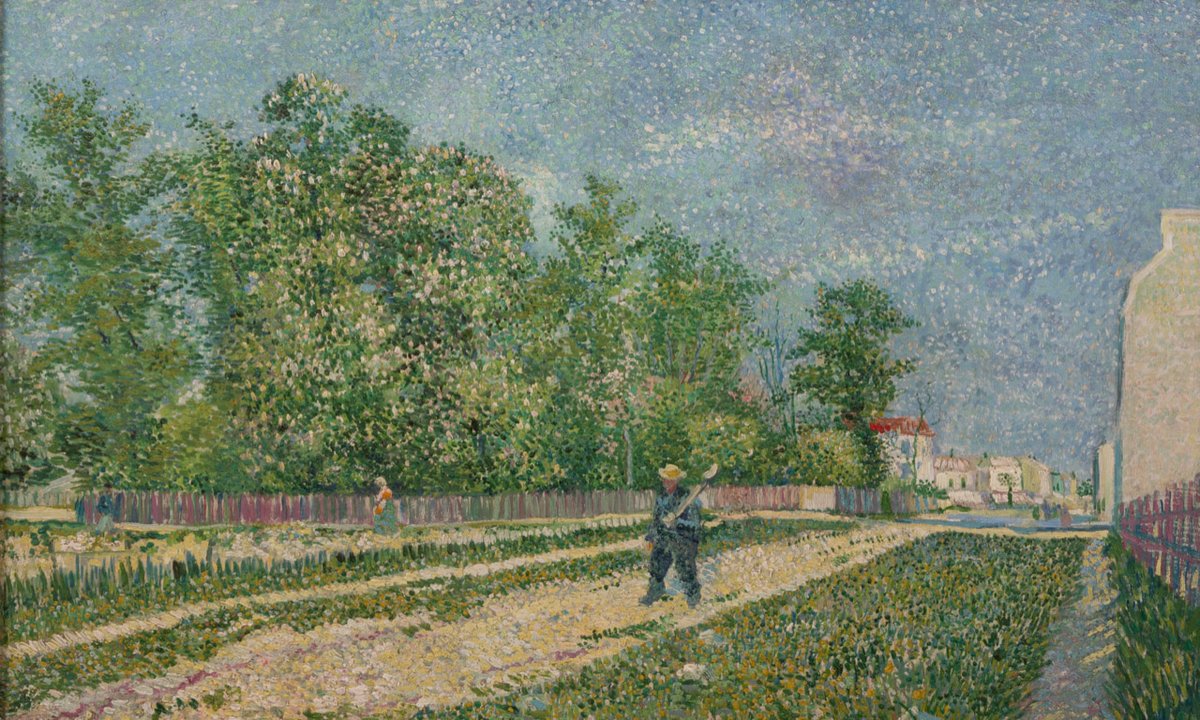Secteur IX B
2015 - Film & Video (Film & Video)
41:58 minutes
Mathieu Abonnenc
Secteur IX B is full of ghosts: some that you can see, briefly appearing at the turn of a statue in an under construction museum, some that you only dream of when you switch from day to night, of one space to another. Mathieu Kleyebe Abonnenc invites us to follow a main character, Betty, an ethnographer currently leading research in the archives of the Theodore Monod Museum for African Arts, in Dakar. Punctuated by an anguished soundtrack and borrowing tropes from thriller genre films to create a sense of oddity, the film comments on the contemporary effects of colonial legacy in cultural institutions. The work also dives into Betty’s psyche, as she finds herself stuck in the nightmares that the artefacts, the images, and the museum seem to produce: It’s like I am wandering around in Leiris’ unconscious , she says. And indeed, Michel Leiris, the 20th century French ethnologist and writer, is the ghost that haunts this story. His words open the film, he is the voice-over that guides us through it, and his description of old medicines’ impacts on colonial explorers inspired this piece. Discussing the condition of the production of images and knowledge by western ethnographers, artists, and scientists, our hero induces the same mental state by taking the drugs these explorers ingested to experience their psychotropic effects. Engaged in a similar process as his character, Abonnenc emphasizes the subjectivity of researchers and reminds us that objects are powerful tools that can convey very different narratives depending on the context in which they are displayed and used.
Mathieu Kleyebe Abonnenc’s practice engages with the cultural hegemonies that form the basis for the evolution of contemporary society. Abonnenc uses video, photography, installation, drawing, and exhibition projects to raise questions about imperial histories and their effects on the former colonies of developed countries. Examining the role of images and representations in the construction of these histories and the identities that result from it, the artist interprets and translates these sources. Kleyebe Abonnenc’s work grapples with why certain things are lost and how to make them exist again. The artist confronts the persistence of politically and culturally charged images in order to replace them with others, and by refusing to show terror while making it palpable, his work reflects on the means of “decolonizing culture”.
Colors:
Related works sharing similar palette
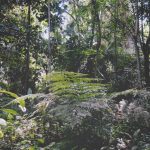
© » ARTS EQUATOR
Caring for the Carers: How Malaysian artists working with communities hold space | ArtsEquator Thinking and Talking about Arts and Culture in Southeast Asia ArtsEquator Viewpoints Courtesy of Syarifah Nadhirah August 12, 2021 By Rahmah Pauzi (1,300 words, 5-minute read) I had forgotten how loaded the words “how are you,” or “apa khabar,” can be...

© » KADIST
Prabhakar Pachpute
2020Calling attention to campaigns for land rights, survival, and sovereignty, Prabhakar Pachpute’s recent works consider how farmers in India use their bodies in performative ways during acts of protest...

© » SLASH PARIS
Antoine Grumbach — Les Yeux du Ciel — Jeanne Bucher Jaeger | Paris, Marais Gallery — Exhibition — Slash Paris Login Newsletter Twitter Facebook Antoine Grumbach — Les Yeux du Ciel — Jeanne Bucher Jaeger | Paris, Marais Gallery — Exhibition — Slash Paris English Français Home Events Artists Venues Magazine Videos Back Antoine Grumbach — Les Yeux du Ciel Exhibition Architecture, urban art, drawing, installation.....

© » KADIST
Yoshinori Niwa
2011Yoshinori Niwa’s investigation into the monetary system and material goods is witnessed across a range of his works...

© » KADIST
Artur Zmijewski
2002Zeppelintribüne (2002) was shot near the Zepelintribune in Nuremberg, designed by Albert Speer, chief architect of the Third Reich...
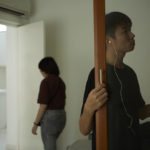
© » ARTS EQUATOR
Silent Rooms, Silent Memories: “Flowers” by Drama Box | ArtsEquator Thinking and Talking about Arts and Culture in Southeast Asia Articles Drama Box May 16, 2019 By Akanksha Raja (1,155 words, 5-minute read) It’s a series of plastic white flower-fans lining the fence of 74 Jalan Kelabu Asap that lets me know that I’ve arrived at the site of Drama Box’s first work of 2019, Flowers , an experiential installation set in a quaint two-storey landed house in Chip Bee Gardens...

© » KADIST
Shi Guowei
Through a hand-painting process, Shi Guowei created Manufactured Landscape ...

© » PAINTERS' TABLE
JAKE! @ Betty Cuningham Gallery | Painters' Table Skip to main content JAKE! @ Betty Cuningham Gallery https://johnmitchellworld.wordpress.com/2020/02/19/jake/ Jake Berthot, Chapel Trail Near Alter Road, 2000, oil on panel, 26 3/8 x 26 1/8 inches (courtesy of Betty Cuningham Gallery) John Mitchell visits the exhibition JAKE! at Betty Cuningham Gallery, New York, on view through February 23, 2020...

© » KADIST
Yael Bartana
2007Yael Bartana received great international attention for the trilogy series And Europe Will be Stunned (2007 – 2011)...

© » KADIST
Teresa Margolles
2014Stretching between San Pedro and the beach in Altata, Sinaloa, there is a 40 km road where there are three invisible borders controlled by rivalling armed groups...

© » SOUTH CHINA MORNING POST
Floral art by Andy Warhol, Pablo Picasso, Claude Monet and other artists on display at private Deji Art Museum in Nanjing, China | South China Morning Post Advertisement Advertisement Art + FOLLOW Get more with my NEWS A personalised news feed of stories that matter to you Learn more The exhibition ‘Nothing Still About Still Lifes: Three Centuries of Floral Compositions’ at Nanjing;s Deji Art Museum features more than 100 modern and contemporary artworks, including (above) “Les Amoureux au Bouquet de Fleurs” (1935-1937), by Marc Chagall...

© » KADIST
Anna-Bella Papp
2013Untitled exemplifies the format that Anna Bella-Papp most commonly works in, using her hands to create delicate tablet-like reliefs within a rectangular form made out of clay...
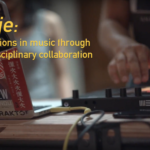
© » ARTS EQUATOR
The working processes of artists: .gif | ArtsEquator Thinking and Talking about Arts and Culture in Southeast Asia Articles August 2, 2019 In this video, indie-electronic duo .gif, made up of Nurudin Sadali and Chew Wei Shan or Weish, are interviewed by LASALLE students Narrel Wisaksono and Aqid Aiman...

© » KADIST
In conversation with Nataša Petrešin-Bachelez Together they will talk about Marwa Arsanios’ last video “ Falling is not collapsing, falling is extending “, 2016, presented recently at the Hammer Museum (Los Angeles), that looks into the garbage crisis in Beirut and the city’s recent real estate boom...

